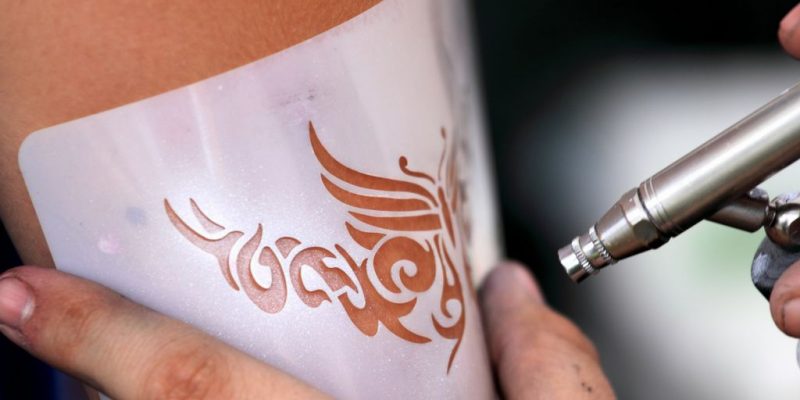Last month the FDA updated its Consumer Report “Think Before You Ink” which outlines some of the adverse effects of tattoos. Many people get a tattoo without much thought and most do not experience problems. Unfortunately, some get more than they bargained for, as tattoo infections and other adverse reactions are a real possibility. Medical algorithms can help to identify the risks caused by tattoos.
Tattoo Infections
The classic hazard of tattoos in the past was infection with hepatitis B or C. These diseases were associated with the use of dirty needles in prison or in a back room in a questionable part of town. The level of hygiene in a tattoo parlor is better today but the hazard is still there.
Other types of infection can occur. Atypical mycobacteria and Staphylococcus aureus can cause serious infections. Recently a man in Texas who had just gotten a tattoo died of Vibrio vulnificus sepsis after swimming in the Gulf of Mexico.
Immune Reactions and Toxic Effects
A tattoo ink may contain several chemicals, and a complex tattoo may use several inks. It seems odd that a person who is obsessed about avoiding chemicals in food may give very little thought about what or where these chemicals are coming from. Some of these compounds can elicit an immune reaction that range from a simple contact allergy to a more complex reaction such as sarcoidosis or uveitis.
Less scrupulous operators may not pay much attention to where the pigments come from. Heavy metals can be quite colorful and relatively inexpensive. These compounds can cause toxicity, lymphadenopathy or a local foreign body granulomatous response.
A relatively new problem in patients with metal-containing pigment is the occurrence of a skin burn while undergoing an MRI scan.
Identification and Communication
Tattoos can mark the coming of age and can be used to communicate many kinds of messages. Some messages are relatively innocent such as celebrating a spouse, child or occupation. On the other hand, Japanese Yakuza, Russian prisoners and American gangs take the messages in tattoos very seriously.
While some criminals get many tattoos, others avoid them since they can be used for identification. During World War II an SS soldier could be identified by his tattoo. Medical examiners can use tattoos to help identify human remains.
Tattoos can also be used to hide or replace in a positive way, such as a faux areola after mastectomy. However, a tattoo may be used to hide a site of injection drug abuse. It can also mask a malignant melanoma when it is still small.
Negative Effects, Regrets and Removal
Tattoos can have a negative effect on the bearer. Some employers will not hire someone with visible tattoos. Some people get tattoos that have a negative or alarming message, which can alienate others. A tattoo that may seem harmless enough while young may raise unwelcome questions in a police station or Emergency Department.
Over time a person may regret a tattoo. The person may have a new spouse. Or the tattoo has become distorted. Since tattoos are meant to be permanent, removal is no simple process. While a biker gang may take back tattoos from an ex-member using a knife, most of us would prefer something a little less painful. Some people use a cover cream to hide a tattoo. Several creams are available that promise to make a tattoo fade, with variable success. Others resort to laser therapy. Getting rid of a tattoo may be harder than you might think.
Take Home Messages
Tattoos are easy to get but hard to get rid of. Medical algorithms can help people to understand the hazards so that better decisions can be made.

